Even in people with signs of Alzheimer’s and other dementia, a new study found exercise boosted proteins in the brain that may prevent cognitive decline.
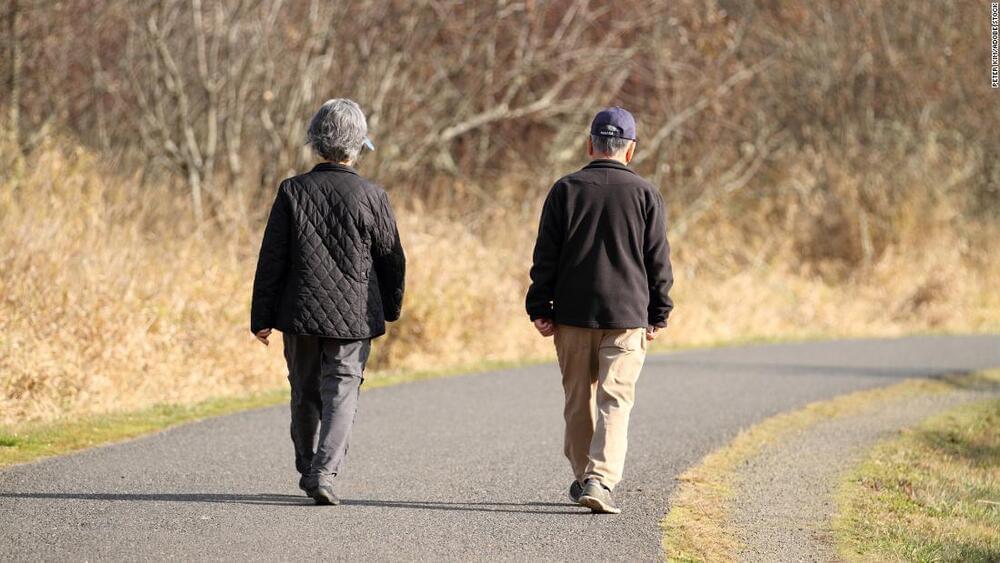

TABLE OF CONTENTS —————
0:00–21:02 : Introduction (Meaning of Life)
21:03–46:14 CHAPTER 1: Transhumanism and Life Extension.
TWITTER https://twitter.com/Transhumanian.
PATREON https://www.patreon.com/transhumania.
BITCOIN 14ZMLNppEdZCN4bu8FB1BwDaxbWteQKs8i.
ETHEREUM 0x1f89b261562C8D4C14aA01590EB42b2378572164
LITECOIN LdB94n8sTUXBto5ZKt82YhEsEmxomFGz3j.
#1 ) THE GENETIC PATHWAY
46:15–58:52 CHAPTER 2 : Biological Aging a. “Programmed Cell Death” Theory of Aging b. “Intercellular Competition” Theory of Aging c. “Antagonistic Pleiotropy” Theory of Aging.
#2 ) THE CYBERNETIC PATHWAY
58:53–1:12:26 CHAPTER 3 : Cyborgs.
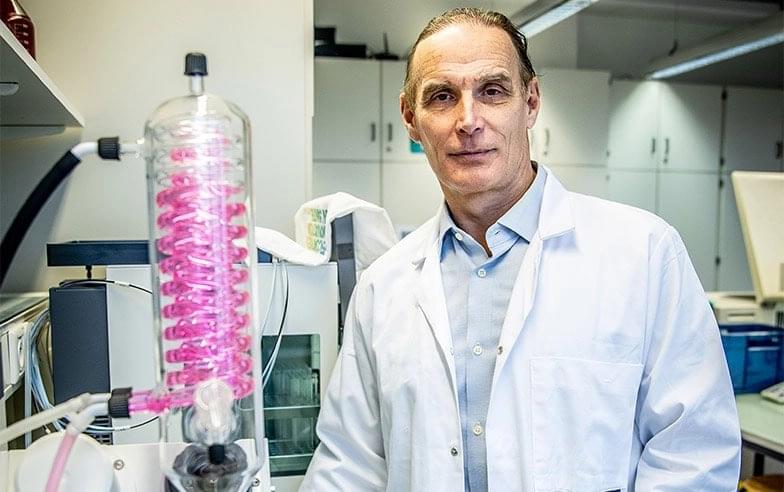
The company is developing novel therapeutics targeting aging in humans and dogs by using genetically modified adeno-associated virus (AAV) vectors to deliver copies of the SIRT6 gene variant found in centenarians. SIRT6 has already been shown to have significant capabilities to repair DNA damage, and Genflow’s aim is to show that it can also improve healthspan and, potentially, increase lifespan. “Our business model is to develop our lead compound, GF-1002, that has already yielded encouraging pre-clinical results,” Leire told us. “We are currently undertaking pre-clinical trials which are expected to take approximately two years.
SIRT6 targeting longevity biotech announces intention to float on the London Stock Exchange, with IPO later this month.
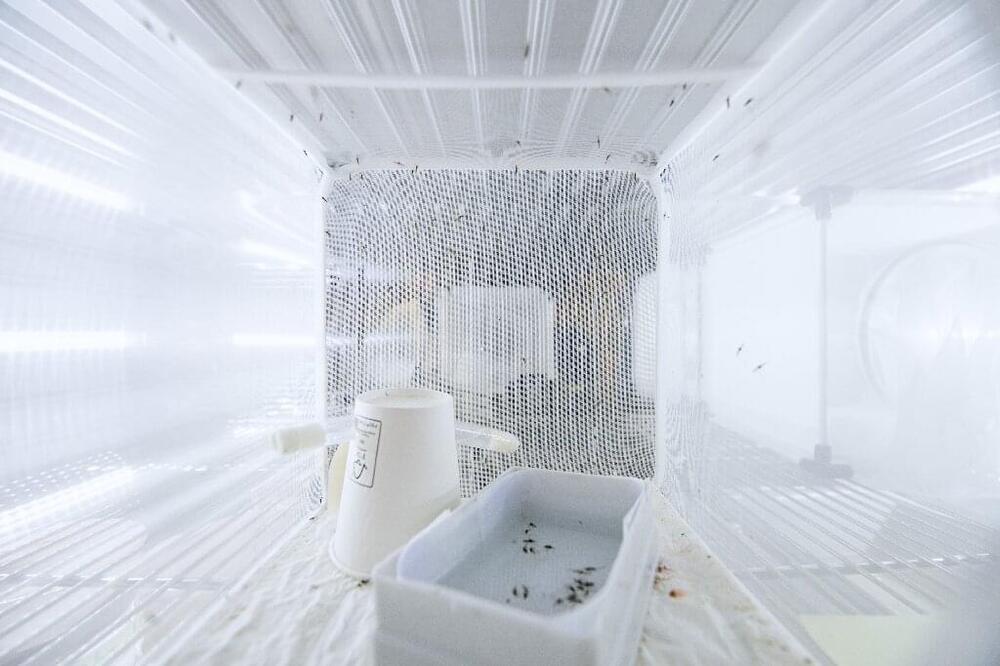
Cages meshed over with women’s tights and crawling with mosquitoes are stashed in a Swedish laboratory. Every day, researchers feed them beetroot juice laced with deadly toxins, part of a grand plan designed to fight malaria.
With hopes of field trials delayed repeatedly by the COVID-19 pandemic, researchers in Sweden still believe they have found the secret to a new environmentally friendly way of killing off the Anopheles species of mosquitoes that transmit malaria.
So hopeful are they, they have founded a company with a view to turning their discovery into a commercially viable alternative to the pesticides currently used to kill mosquitoes, but which can also harm humans and the environment.
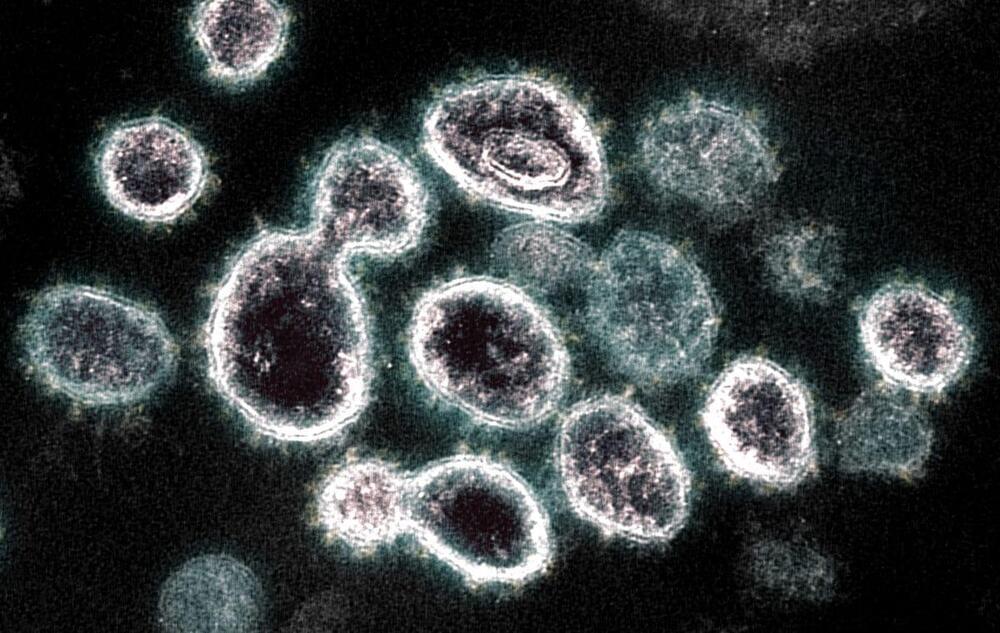
A Cypriot scientist defended his assertion that a new strain of Covid-19 exists that combines characteristics of the delta and omicron variants.
Other scientists have speculated that Leonidos Kostrikis’s findings are a result of laboratory contamination. But he told Bloomberg in an emailed statement Sunday that the cases he has identified “indicate an evolutionary pressure to an ancestral strain to acquire these mutations and not a result of a single recombination event.”
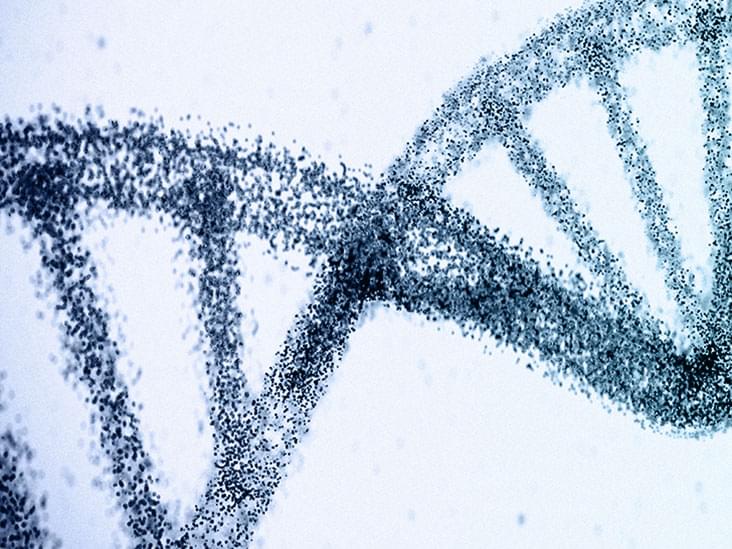
𝙀𝙫𝙤𝙡𝙪𝙩𝙞𝙤𝙣𝙖𝙧𝙮 𝙗𝙞𝙤𝙡𝙤𝙜𝙞𝙨𝙩𝙨 𝙝𝙖𝙫𝙚 𝙩𝙧𝙤𝙪𝙗𝙡𝙚 𝙚𝙭𝙥𝙡𝙖𝙞𝙣𝙞𝙣𝙜 𝙬𝙝𝙮 𝙨𝙘𝙝𝙞𝙯𝙤𝙥𝙝𝙧𝙚𝙣𝙞𝙖 𝙖𝙣𝙙 𝙗𝙞𝙥𝙤𝙡𝙖𝙧 𝙙𝙞𝙨𝙤𝙧𝙙𝙚𝙧 — 𝙬𝙝𝙞𝙘𝙝 𝙖𝙧𝙚 𝙝𝙞𝙜𝙝𝙡𝙮 𝙝𝙚𝙧𝙞𝙩𝙖𝙗𝙡𝙚 𝙘𝙤𝙣𝙙𝙞𝙩𝙞𝙤𝙣𝙨 — 𝙥𝙚𝙧𝙨𝙞𝙨𝙩 𝙞𝙣 𝙥𝙤𝙥𝙪𝙡𝙖𝙩𝙞𝙤𝙣𝙨 𝙙𝙚𝙨𝙥𝙞𝙩𝙚 𝙝𝙖𝙧𝙢𝙞𝙣𝙜 𝙧𝙚𝙥𝙧𝙤𝙙𝙪𝙘𝙩𝙞𝙫𝙚 𝙛𝙞𝙩𝙣𝙚𝙨𝙨.
𝙍𝙚𝙨𝙚𝙖𝙧𝙘𝙝𝙚𝙧𝙨 𝙢𝙖𝙮 𝙝𝙖𝙫𝙚 𝙛𝙤𝙪𝙣𝙙 𝙖𝙣 𝙚𝙭𝙥𝙡𝙖𝙣𝙖𝙩𝙞𝙤𝙣 𝙞𝙣 𝙧𝙚𝙘𝙚𝙣𝙩𝙡𝙮 𝙚𝙫𝙤𝙡𝙫𝙚𝙙 𝙧𝙚𝙜𝙞𝙤𝙣𝙨 𝙤𝙛 𝙩𝙝𝙚 𝙝𝙪𝙢𝙖𝙣 𝙜𝙚𝙣𝙤𝙢𝙚 𝙩𝙝𝙖𝙩 𝙖𝙧𝙚 𝙣𝙤𝙩 𝙪𝙨𝙪𝙖𝙡𝙡𝙮 𝙧𝙚𝙘𝙤𝙜𝙣𝙞𝙯𝙚𝙙 𝙖𝙨 𝙜𝙚𝙣𝙚𝙨 𝙗𝙪𝙩 𝙘𝙖𝙣 𝙨𝙩𝙞𝙡𝙡 𝙘𝙤𝙙𝙚 𝙛𝙤𝙧 𝙥𝙧𝙤𝙩𝙚𝙞𝙣𝙨.
𝙏𝙝𝙞𝙨 “𝙙𝙖𝙧𝙠 𝙜𝙚𝙣𝙤𝙢𝙚” 𝙢𝙖𝙮 𝙜𝙚𝙣𝙚𝙧𝙖𝙩𝙚 𝙥𝙧𝙤𝙩𝙚𝙞𝙣𝙨 𝙩𝙝𝙖𝙩 𝙖𝙧𝙚 𝙫𝙞𝙩𝙖… See more.
The Neuro-Network.
𝐂𝐥𝐮𝐞𝐬 𝐭𝐨 𝐨𝐫𝐢𝐠𝐢𝐧𝐬 𝐨𝐟 𝐛𝐢𝐩𝐨𝐥𝐚𝐫 𝐚𝐧𝐝 𝐬𝐜𝐡𝐢𝐳𝐨𝐩𝐡𝐫𝐞𝐧𝐢𝐚 𝐟𝐨𝐮𝐧𝐝 𝐢𝐧 ‘𝐝𝐚𝐫𝐤 𝐠𝐞𝐧𝐨𝐦𝐞’
The authors of a recent study on the genetics of schizophrenia and bipolar disorder identify a potential role for the so-called dark genome.
Sinclair’s first episode. Enjoy.
In this episode, Dr. David Sinclair and co-host Matthew LaPlante discuss why we age. In doing so, they discuss organisms that have extreme longevity, the genes that control aging (mTOR, AMPK, Sirtuins), the role of sirtuin proteins as epigenetic regulators of aging, the process of “ex-differentiation” in which cells begin to lose their identity, and how all of this makes up the “Information Theory of Aging”, and the difference between “biological age” and “chronological age” and how we can measure biological age through DNA methylation clocks.
Thank you to our sponsors:
Athletic Greens — https://athleticgreens.com/sinclair.
InsideTracker — https://insidetracker.com/sinclair.
Levels — https://levels.link/sinclair.
Our Patreon page:
https://www.patreon.com/davidsinclair.
Lifespan book:

DNA damage is constantly occurring in cells, either due to external sources or as a result of internal cellular metabolic reactions and physiological activities. Accurate repair of such DNA damages is critical to avoid mutations and chromosomal rearrangements linked to diseases including cancer, immunodeficiencies, neurodegeneration, and premature aging.
A team of researchers at Massachusetts General Hospital and the National Cancer Research Centre have identified a way to repair genetic damage and prevent DNA alterations using machine learning techniques.
The researchers state that it is possible to learn more about how cancer develops and how to fight it if we understand how DNA lesions originate and repair. Therefore, they hope that their discovery will help create better cancer treatments while also protecting our healthy cells.

A major obstacle to widespread study and clinical use of 3D tissues is their short shelf-life, which may be anywhere from a just few hours to a few days. As in the case of an organ transplant, a bioprinted tissue must be transported rapidly to the location where it is needed, or it will not be viable. In the journal Matter on December 21st, researchers at Brigham and Women’s Hospital and Harvard Medical School describe their work combining 3D bioprinting with cryopreservative techniques to create tissues which can be preserved in a freezer at-196°C and thawed within minutes for immediate use.
“For conventional bioprinting, there is basically no shelf life. It’s really just print, and then use, in most cases,” says lead author Y. Shrike Zhang (@shrikezhang), a biomedical engineer at Brigham and Women’s Hospital. “With cryobioprinting, you can print and store in the frozen state for basically as long as you want.”
The use of 3D bioprinting to create artificial human tissue first appeared twenty years ago. As in conventional 3D printing, an ink is extruded layer by layer through a nozzle into a pre-specified shape. In the case of bioprinting, the ink is typically made up of a gelatin-like scaffolding embedded with living cells. Cryobioprinting works the same way, except the printing is performed directly onto a cold plate held at temperatures down to-20°C. After the tissues are printed, they are immediately moved to cryogenic conditions for long-term storage.